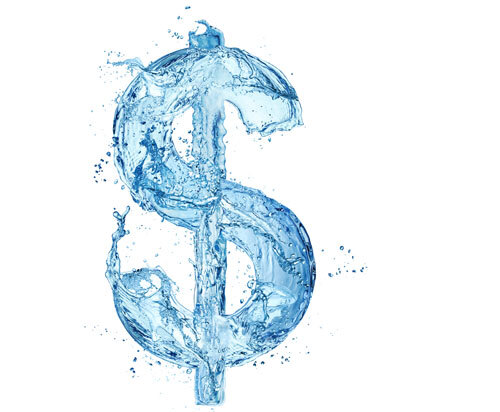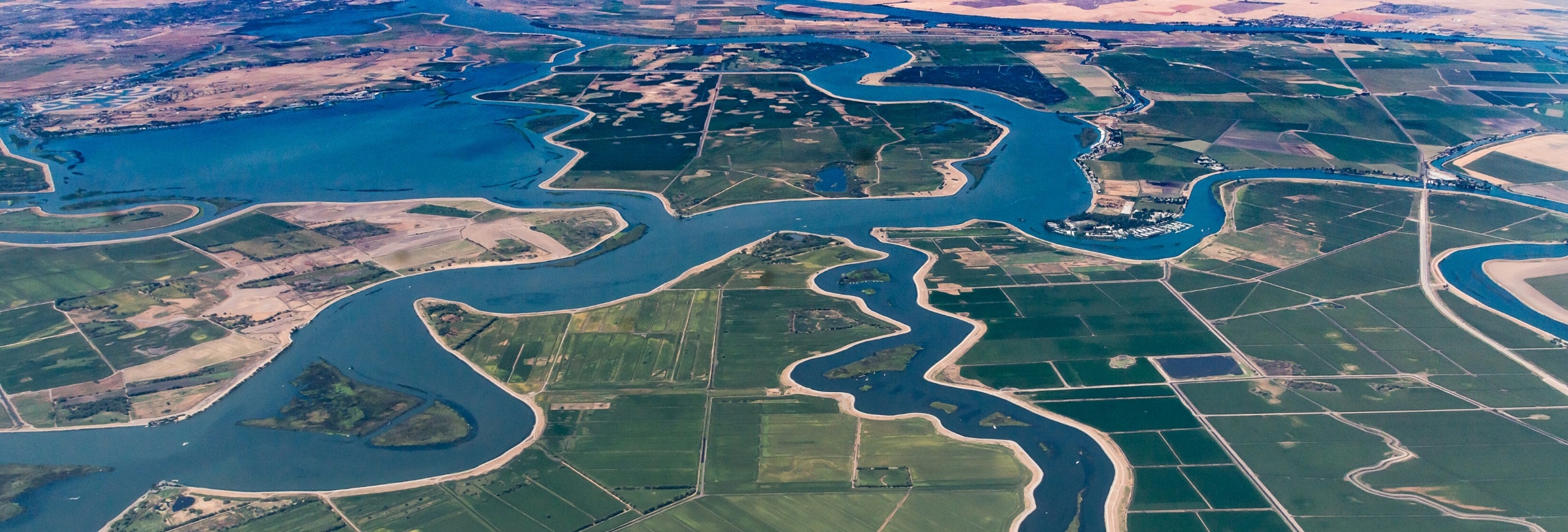
On December 6, 2022, the U.S. House of Representatives passed the National Defense Authorization Act (NDAA) by a bipartisan vote of 350-80. The NDAA includes the Water Resources Development Act (WRDA) of 2022, which includes nearly $38 billion in funding for the Army Corps of Engineers (Corps). (The text of the WRDA begins on page 3160 of the NDAA.) The WRDA is biennial legislation that provides the Corps with funding to address navigation, flood control, and ecosystem restoration. This year’s bill authorizes projects in all 50 states. On the same day, a bipartisan group of Senators and Representatives announced that they reached an agreement on the WRDA.
Update: On December 15, 2022, the Senate passed the NDAA by a bipartisan vote of 83-11.
The WRDA authorizes 25 new projects – five for navigation, six for managing flood risk, eleven focused on reducing the threat of hurricanes/storms, and three for restoring ecosystems. The funding for those new projects is about $30.4 billion. It also provides roughly $7.4 billion for modifications of existing projects. Highlights of the projects and other water-related portions of the WRDA, and the NDAA more generally, include:
- $21.4 billion for storm protection and ecosystem restoration along the Texas Gulf Coast;
- Extended authorization for a Centers for Disease Control and Prevention study on the health impacts of per-and polyfluoroalkyl substances (PFAS)
- $200 million annually from 2023-2027 to address nonpoint source pollutants;
- A requirement that (within a year) each Corps district have a tribal liaison; and
- 170 new or modified infrastructure projects for drinking water, wastewater, and stormwater management
The most notable exclusion from the NDAA is Senator Joe Manchin’s proposal to reform aspects of the environmental permitting process for energy projects and approve the controversial Mountain Valley Pipeline. Although Senate Majority Leader Chuck Schumer confirmed that the Senate will vote on Senator Manchin’s permitting legislation as an amendment to the NDAA, the chances of passage are slim – senators on both sides of the aisle have voiced strong criticism of the bill.
Update: Senator Manchin's proposal was voted on and rejected in the Senate. The vote totaled 47-47, falling short of the 60 votes needed for passage.
The WRDA includes three sections focused on California in studies and reports (§§ 8211-8213) and nine sections on deauthorizations and modifications (§§ 8318-8326). California highlights of the WRDA, and the NDAA more generally, include:
- $50 million for water infrastructure in Contra Costa, San Joaquin, Solano, Sacramento, and Yolo Counties;
- $45 million for the “San Francisco Bay Restoration Act” to support rehabilitating the San Francisco Bay, salt marshes, and wetlands;
- $14 million for the Santa Rosa Water and Wastewater Infrastructure Project;
- Expedited completion of the Los Angeles County Drainage Area Disposition Study
- Restoration of habitat along the Santa Ana River and protection of groundwater within the Prado Basin;
- A requirement that EPA create a San Francisco Bay program office; and
- A list of additional projects affecting all parts of California can be found here.
Update: The NDAA is now in President Biden's hands, where he is expected to sign it into law.
- Associate
Alex Van Roekel provides counsel to clients on state and federal water law issues, including compliance with statutory and regulatory requirements, litigation strategy in both state and federal court and public policy within the ...
California Water Views provides timely and insightful updates on the water sector in the state. We relay information on how water legislation and policy from the nation’s capital, Sacramento, and around the U.S. affect California’s water utilities, agencies, practitioners, and consumers. We also write about important events, conferences, legal cases, and other key happenings involving all things water in and around California.
Stay Connected
 RSS Feed
RSS Feed
Categories
- Clean Up of Groundwater & Contaminated Media
- Climate Change
- Coastal Development
- Construction
- COVID-19
- Dam Construction, Operation & Removal
- Desalination
- Environmental Protection Agency
- Events
- Government Administration
- Groundwater Management & SGMA
- Inverse Condemnation & Regulatory Takings
- New Legislation
- Oceans, Marine Life & Maritime Transportation
- Project Construction
- Projects
- Public Agency Regulation
- Recycled Water
- Regulatory Reform & Proposed Rules
- Right to Take
- Valuation
- Water Infrastructure
- Water Litigation
- Water Quality
- Water Rights
- Water Supply
- Water Utility Regulation

